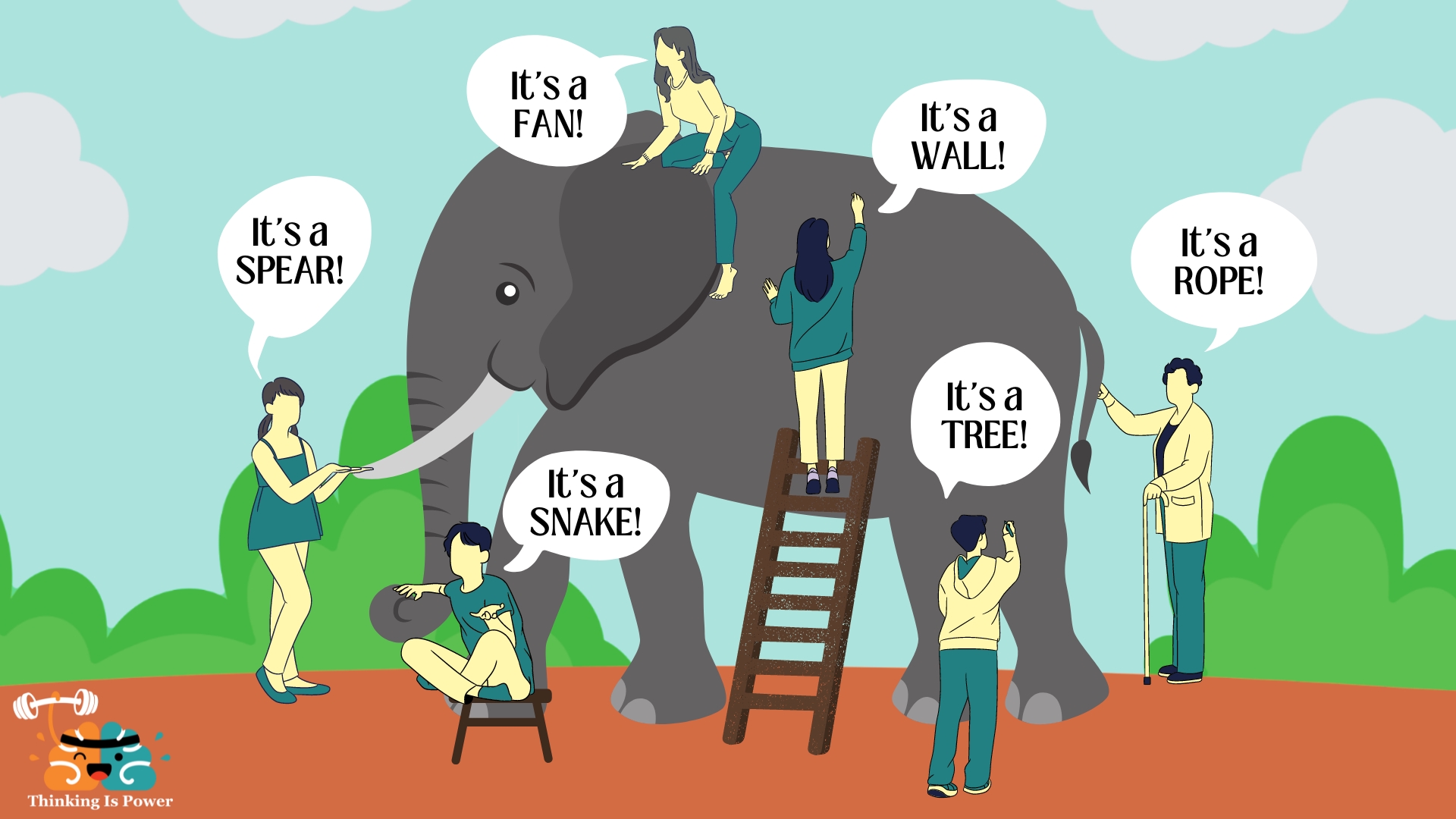Overview
Definitions
Hardware: physical computer / equipment / devices
Software: programs such as operating systems, Word, Excel
Web Site: Readonly web pages such as company pages, portfolios, newspapers
Web Application: Read Write - Online forms, Google Docs, email, Google apps
Cloud Plays a significant role in the Big Data world.
In today's market, Cloud helps companies to accommodate the ever-increasing volume, variety, and velocity of data.
Cloud Computing is a demand delivery of IT resources over the Internet through Pay Per Use.

Without Cloud knowledge, knowing Bigdata will be something like the above picture.
Volume: Size of the data.
Velocity: Speed at which new data is generated.
Variety: Different types of data.
Veracity: Trustworthiness of the data.
Value: Usefulness of the data.
Vulnerability: Security and privacy aspects.
When people focus on only one aspect without the help of cloud technologies, they miss out on the comprehensive picture. Cloud solutions offer ways to manage all these dimensions in an integrated manner, thus providing a fuller understanding and utilization of Big Data.
Advantages of Cloud Computing for Big Data
Cost Savings
Security
Flexibility
Mobility
Insight
Increased Collaboration
Quality Control
Disaster Recovery
Loss Prevention
Automatic Software Updates
Competitive Edge
Sustainability
Types of Cloud Computing
Public Cloud
Owned and operated by third-party providers. (AWS, Azure, GCP, Heroku, and a few more)
Private Cloud
Cloud computing resources are used exclusively by a single business or organization.
Hybrid
Public + Private: By allowing data and applications to move between private and public clouds, a hybrid cloud gives your business greater flexibility, and more deployment options, and helps optimize your existing infrastructure, security, and compliance.
Last updated